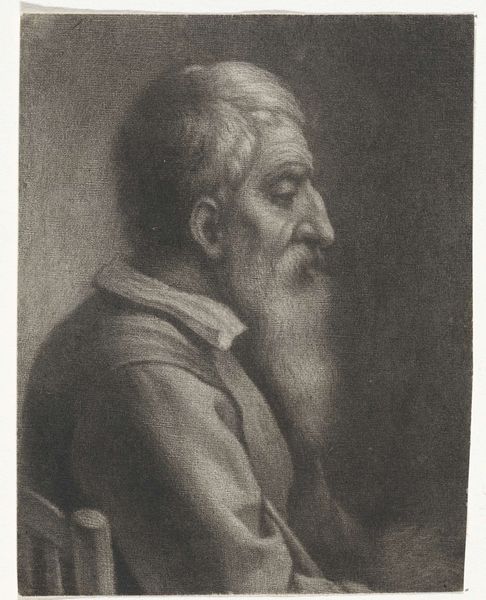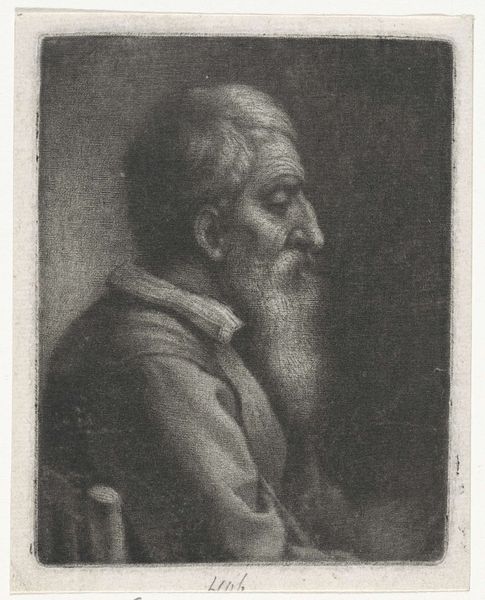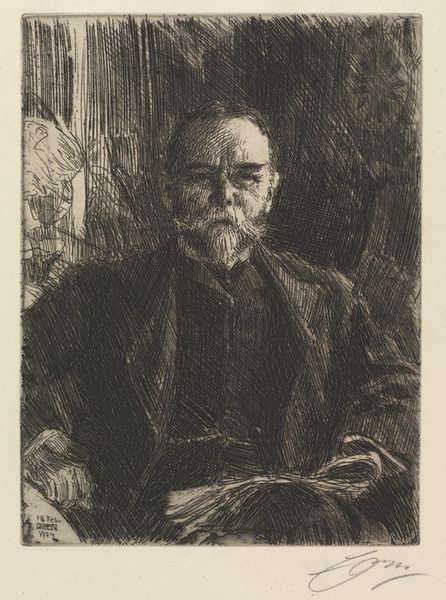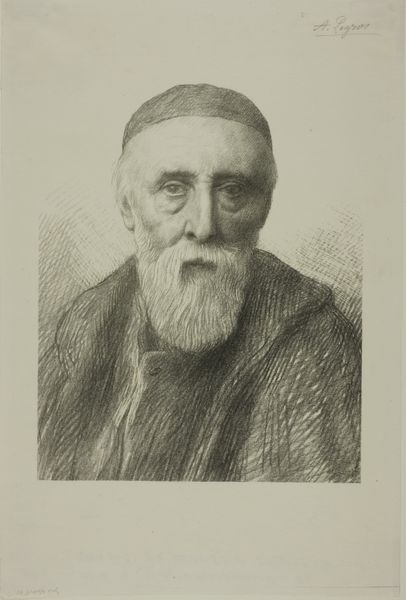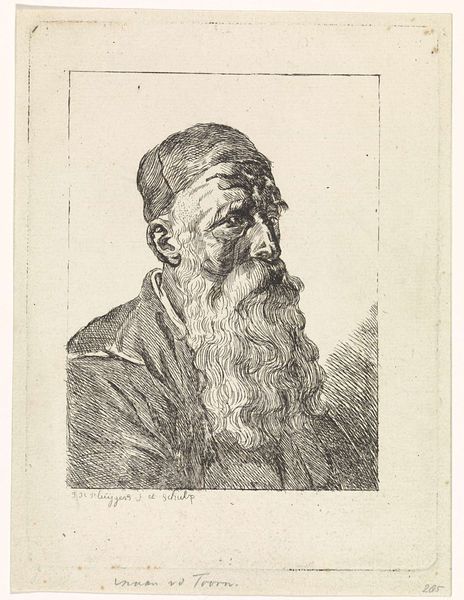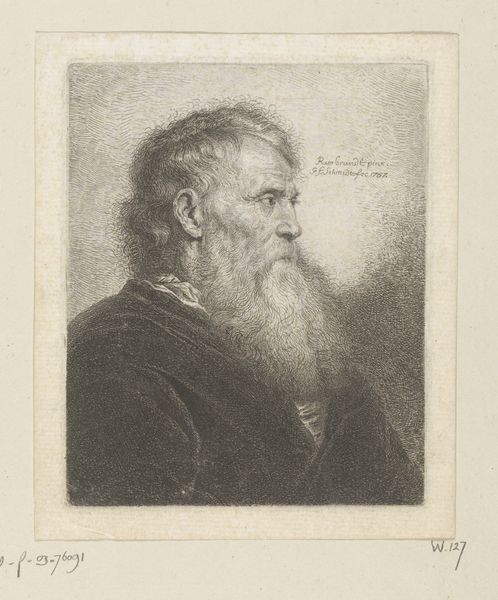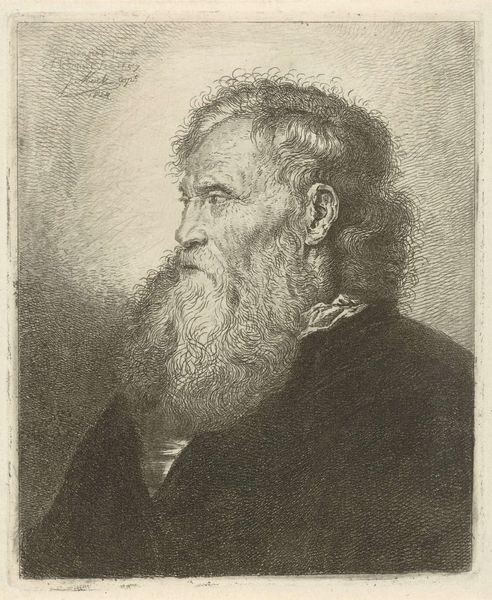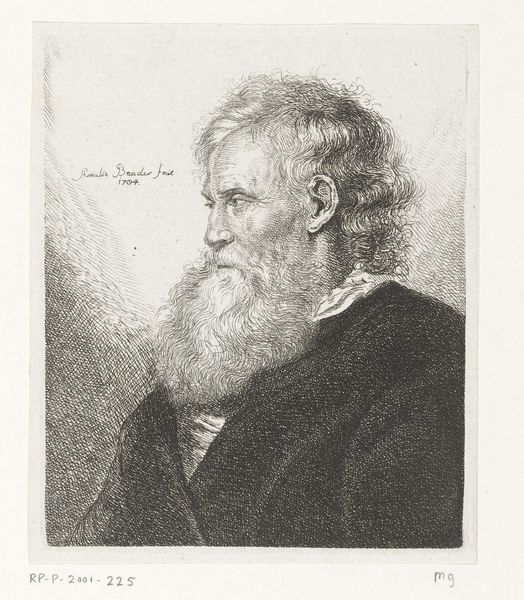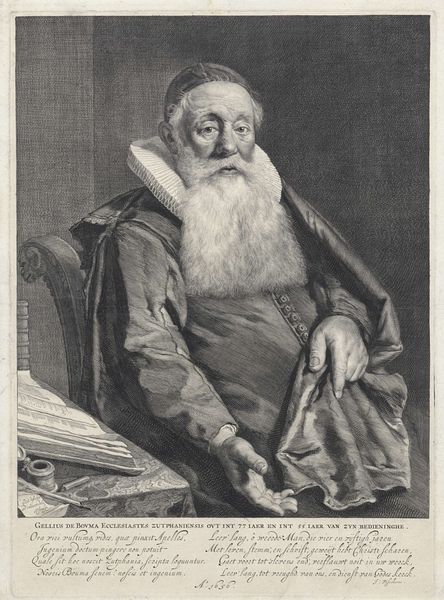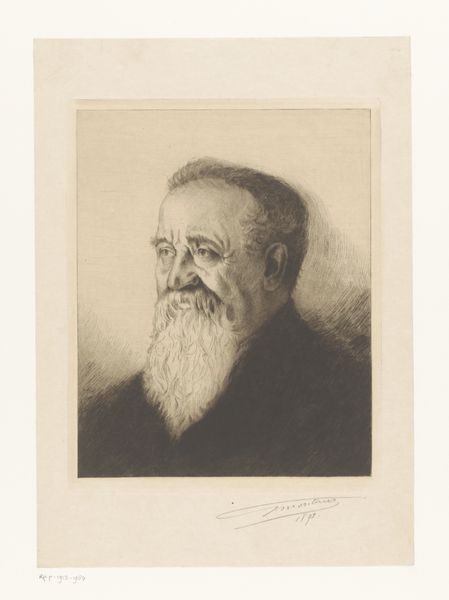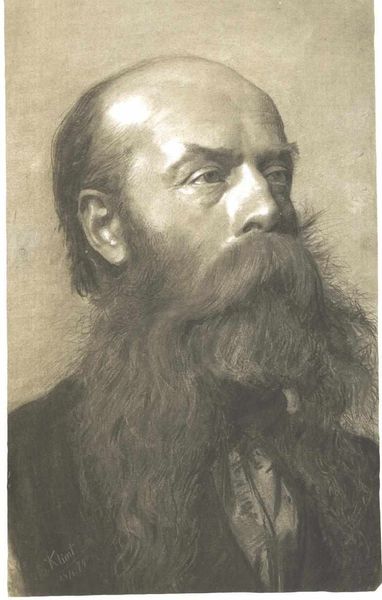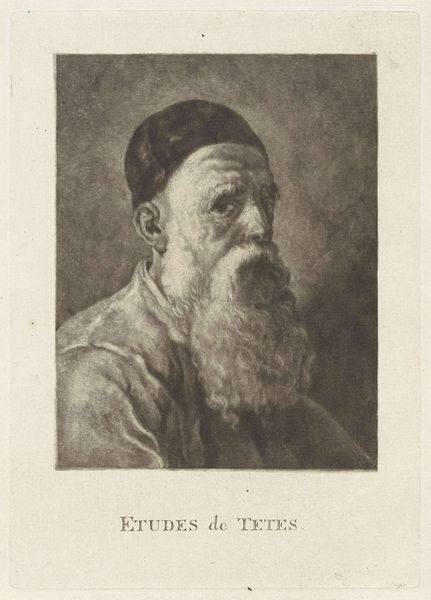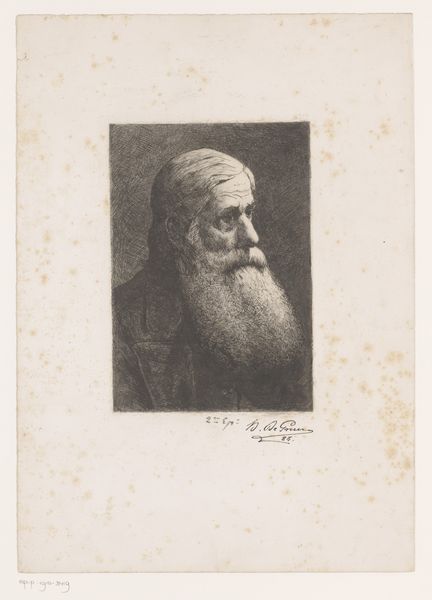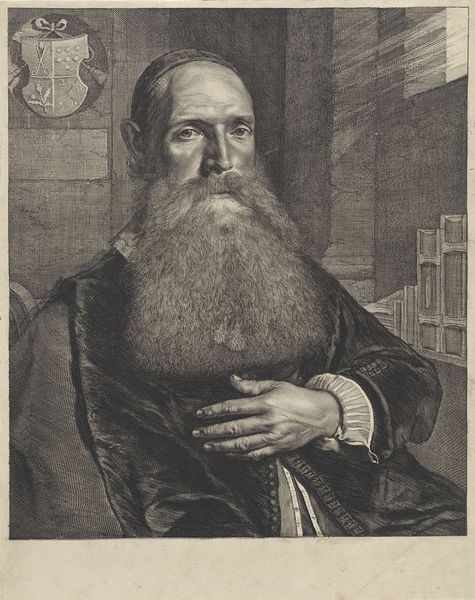
drawing, graphite
#
portrait
#
drawing
#
facial expression drawing
#
baroque
#
dutch-golden-age
#
charcoal drawing
#
charcoal art
#
portrait reference
#
pencil drawing
#
graphite
#
animal drawing portrait
#
portrait drawing
#
facial portrait
#
portrait art
#
fine art portrait
Dimensions: height 128 mm, width 103 mm
Copyright: Rijks Museum: Open Domain
Editor: Here we have "Bearded Old Man in a Chair" by Wallerant Vaillant, created sometime between 1658 and 1677. It's a drawing using graphite and charcoal. There's such detail in the textures of the beard and clothing; it's quite impressive. How do you read this work? Curator: I see a commentary on the aging craftsman or artisan. Look at the sitter’s worn clothing, the simple chair. It speaks to the everyday labor and perhaps the limited social mobility for someone engaged in craft during the Dutch Golden Age. What was the societal view of artists using charcoal and graphite? Were they as revered as oil painters, or were they seen more as tradesmen? Editor: That's an interesting perspective. I hadn't considered the social standing implied by the medium itself. It makes me wonder if Vaillant was deliberately contrasting this "common" material with the high status of the portrait subject? Curator: Precisely. Consider where he acquired the materials and for what price. Graphite wasn't locally sourced but needed to be imported, making even 'humble' graphite a material with a global history of trade, commerce, and exploitation. Think also about who owned portraits at this time. It seems that even a simple portrait like this one hints at the commodification of artistry and even humanity, through this old man being objectified as art. How does the choice of such 'base' materials contrast to the inherent nobility we expect from portraiture? Editor: I never considered it from that perspective before! Considering graphite's global history brings a completely new layer to the artwork's interpretation. I am curious to know more about trade routes in that period! Curator: And I wonder about the perception of aging within that society, particularly for those engaged in manual labor.
Comments
No comments
Be the first to comment and join the conversation on the ultimate creative platform.
